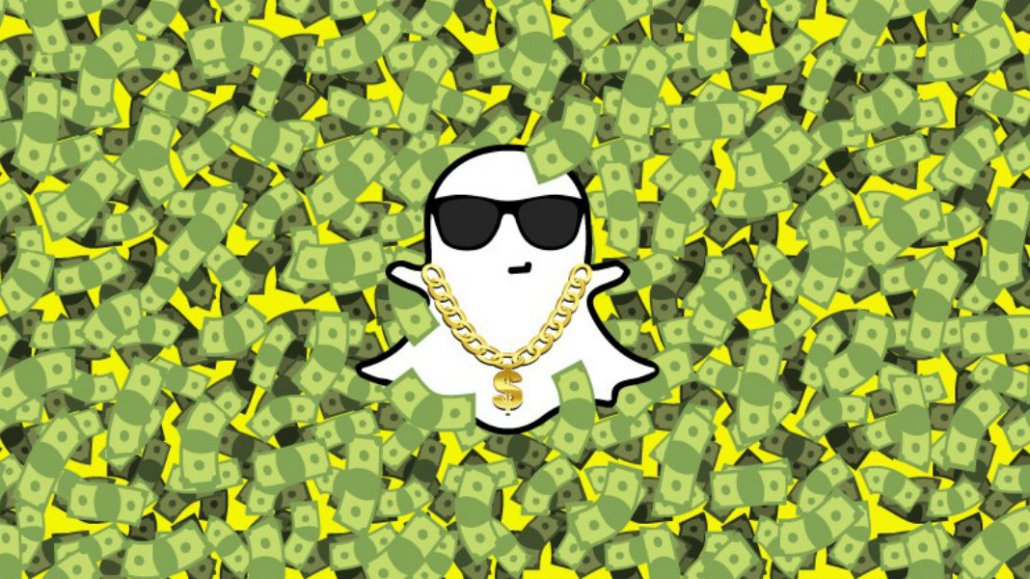Save 50% on a 3-month Digiday+ membership. Ends Dec 5.

Snap Inc. is set to make its splashy debut as a publicly traded company on the New York Stock Exchange today, in what will be the biggest IPO since 2014.
Snapchat’s parent company has priced its shares at $17 a share Wednesday to raise $3.4 billion — a lot of potentially-ephemeral dollars. Some investors remain unconvinced by the company’s pitch.
As the company begins trading this morning, we asked attendees at the Digiday Agency Summit in Nashville what their hopes, dreams, fears and concerns for the platform are on the day of its big coming out party.
Noah Mallin, head of social, MEC
The IPO hasn’t really affected client spend – it’s still been increasing in part because of the opening of the API. There is also excitement at the prospect of bringing third party targeting in. Some clients have been curious about the slowing in growth that was revealed through the filing but there seems to be an understanding that this is still early days on the platform and that there isn’t enough information yet to know if this is a long-term trend.
Ben Kunz, svp marketing and content, Mediassociates
We’ve put several clients on Snapchat with some success, but the IPO is not changing client interest. Snapchat is judged based on several factors — is its young audience a fit for the client, and frankly if a client fits in return. The biggest question is will Snapchat succeed long term. I have doubts. As someone once said, “a feature is not a product.” Snapchat’s quick messages and stories are already easily replicated by other platforms. The big question is can Snapchat build a social graph that is sticky for users (who can’t leave due to switching costs) and throws off enough data exhaust for marketers (who will need to target users). If Snapchat can’t make is network unique, or provide better data than Facebook, it will have a long-term problem. I believe we’re already seeing this with user growth stalling.
Mark Read, global CEO, Wunderman
Advertising and marketing efforts on Snapchat are still in their infancy, but the IPO is an important signal that the company has reached maturity and is ready to engage professionally with them. Just like Facebook in its early days, there are bound to be some false starts before they work out how to bring brands onto the platform without disrupting the consumer experience. Interest in spending has definitely increased in the run up to the IPO. Early impressions of Snapchat caused many marketers to think it wasn’t a brand-safe environment but the IPO and the press interest around it is causing advertisers to really think about whether and how they should be on the platform.
Pam Scheideler, chief digital officer, Deutsch
I don’t think advertiser interest in Snapchat is impacted by them going public much. What it is impacted by are the results they are getting. They are interested in the opportunities and formats, but the question is, what is Snapchat getting you that Instagram Stories, for instance, isn’t? I don’t know if anyone has had this question answered. The biggest client challenge regarding Snapchat is analytics and reporting, that hasn’t been as robust as some other platforms.
More in Marketing

Amid economic pressure, brands usher in Black Friday by trimming deals
While some companies are touting “bigger than ever” discounts for Black Friday and Cyber Monday, others are dialing back deals.

How consumers are using AI to shop in 2025 — by the numbers
AI is reshaping the 2025 holiday shopping journey, from conversational discovery to commerce.

The case for and against AI-driven SEO in the zero-click era
As generative AI reshapes search, marketers debate the value of committing (or overcommitting) to an AI SEO strategy.








